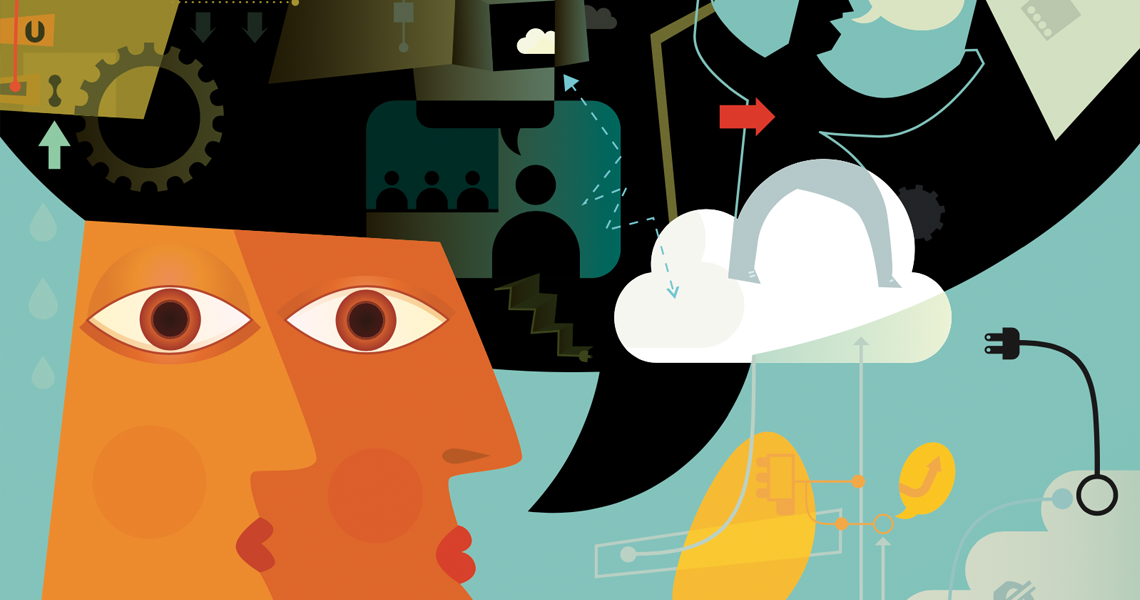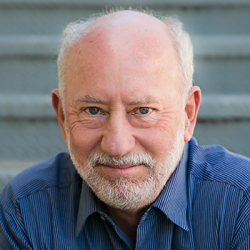What comes first when you ideate a project: the content/learning goals, the driving question/challenging problem, or the product?
Teachers often ask this question in our PBL 101 workshops, online courses or other forums. The answer, like many things PBL, is “it depends.”
Imagine you’re planning a PBL unit.
Occasionally, you may think of the product first. You want students to create documentary films; to use a piece of software to create a design for a tiny house; to paint a mural on a local building; to write persuasively. Then you and your students decide what the product will be about or what its authentic purpose is. Then you identify the learning goals and develop a driving question, and you’re good to go.
Usually, the product comes a step or two later. The two most common ways to begin designing a project are:
1. Start with the content/learning goals. Ask, “What do I – or my students – think students need or want to learn about?” This could be driven by the curriculum of the course or grade level you teach. You want to do a project, say, in February and it’s Black History Month, so there’s your general topic. It’s November and that’s when students typically learn about ecosystems. Or the choice could be driven by what's on your and your students' minds. For example it’s, say, a time of pandemic and learning about viruses and exponential growth is obviously important. Or a school shooting makes learning about the 2nd Amendment relevant.
Then you (with your students) develop a driving question or identify a challenging problem, and decide what products students will create.
2. Start with the challenging problem or driving question. This often pops up first. There could be a local issue students feel compelled to address: We need a new park in our neighborhood; the traffic around our school is dangerous; hungry people in our community need our support. There could be a major event or trend happening in our world that simply demands a project, so students can investigate it or solve the problem: How can we help create a more racially just society? How can we help immigrants new to our community? How can we stop the spread of germs? Or the problem/question could be more personal: What stories do I want to tell about my family? Who are my heroes? How can I express myself through art?
Then you (with your students) identify the specific content/learning goals, and decide what products students will create.
Whatever your project design approach, it’s important to make project products authentic.
This means thinking about what type of product best suits the purpose of the project. Consider what people in the world outside of school would create or do when tackling a similar problem or meeting a similar need.
Don’t fall into the trap of using a typical “school assignment” for an inauthentic purpose. For example, in the real world, scientists would not create a brochure to argue for an environmental regulation. Historians would not make a collage to decide whether wars were justified. Activists or lobbyists would not write a five-paragraph essay intended only to be read by a teacher to argue for a solution to a problem.
Here are five major types of products, and examples of each...
1. Presentation or Action Products
-
Speech
-
Debate
-
Oral Defense
-
Mock Trial
-
News Show
-
Panel Discussion
-
Play/Dramatic Scenes
-
Music, Song, or Dance
-
Lesson
-
Public Event
-
Service to Others
-
Idea/Sales Pitch
-
Poetry Slam
2. Written Products
-
Research Report
-
Letter
-
Brochure
-
Script
-
Blog
-
Editorial
-
Book Review
-
Training Manual
-
Mathematical/Engineering Analysis
-
Scientific Study/Experiment
-
Field Guide
3. Media & Technology Products
-
Audio Recording/Podcast
-
Slideshow
-
Drawing/Painting
-
Graphic Design
-
Collage/Scrapbook
-
Photo Essay/Exhibit
-
Video/Animation
-
Website
-
Computer Program/App
-
Digital Story/Comic
-
Social Media Campaign
4. Constructed Products
-
Small Scale Model
-
Prototype
-
Consumer Product
-
Device/Machine
-
Vehicle
-
Invention
-
Scientific Instrument
-
Museum Exhibit
-
Structure
-
Garden/Landscaping
5. Planning Products
-
Proposal
-
Business Plan
-
Project Management Plan
-
Design
-
Bid
-
Estimate
-
Blueprint
-
Timeline
-
Flow Chart
Here are a few more questions about choosing products, which we discuss in our workshops and courses.
They have to do with issues of assessment, student choice, and how complex you want the project to be. As you plan a project, you’ll need to consider, for example:
- Which products will be created by individuals?
- Which products will be created by teams?
- Will all students/teams create the same product, or can they choose different ones?


